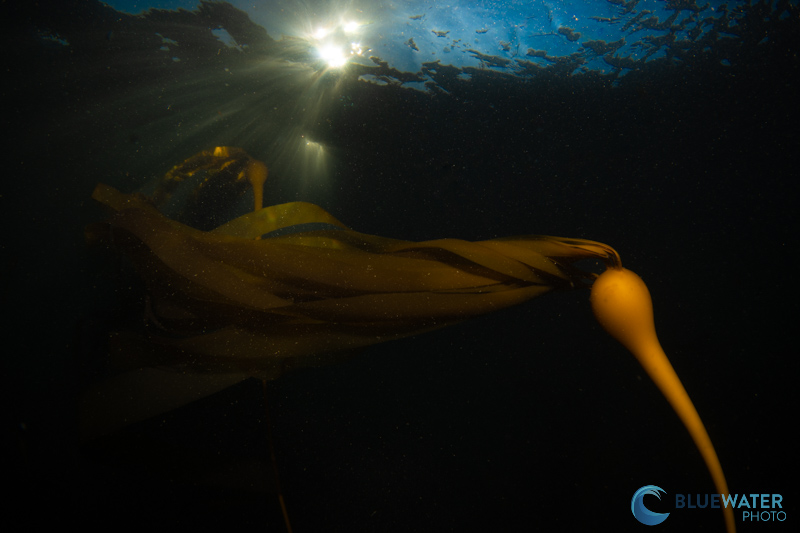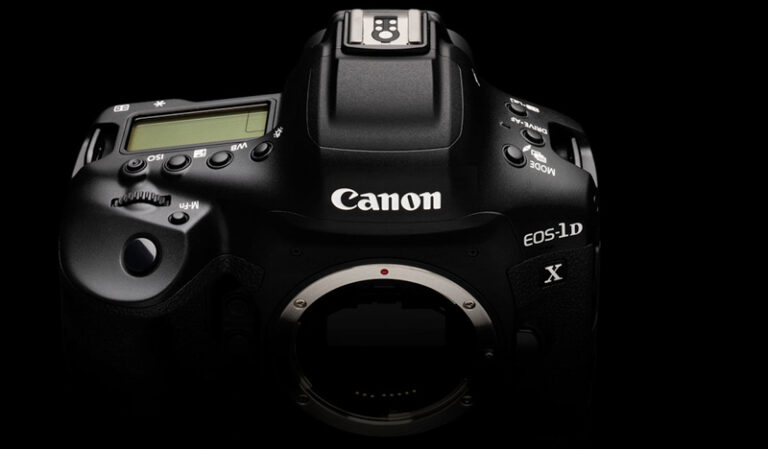
The Canon EOS R1 is Canon’s first full-frame mirrorless camera bearing Canon’s “1” designation. In the photo world, “1” is often indicates a brand’s flagship model, packed with the most features and latest technology. Canon had been teasing a flagship announcement since 2019 as an update to the Canon’s last flagship DSLR, the 1DX Mark III. But after Sony’s announcement of their incredible Sony A1 flagship, Canon backtracked and released the Canon R3. Since then, we have anticipated only the best in imaging technology for the Canon R1. All the while Nikon released the Nikon Z8 and Z9 – both excellent flagships, worthy of the name. Afterall, why else would Canon delay the release of their flagship model? But the recent announcement of the Canon R1 is too little, too late – especially for underwater photography.
US MSRP: $6299
Canon EOS R1 Specifications
- 24.2 megapixel full-frame stacked back-illuminated CMOS sensor
- DIGIC X processor with DIGIC Accelerator
- 6K RAW video up to 60 frames per second
- New C-Log 2 picture profile for video recording as well as C-Log3
- 40fps burst shooting RAW photos with electronic shutter, 12fps RAW photos iwth mechanical shutter
- Dual Pixel Intelligent autofocus
- More accurate and precise cross-type autofocus
- Improved subject tracking including a new action-priority mode
- Enhanced eye control autofocus
- -7.5 EV low light autofocus
- 1/200 flash sync speed with mechanical shutter, 1/400 flash sync with electronic shutter
- Integrated battery grip
- Blackout free EVF (9.44 million dots)
- Dimensions: 157.6×149.5×87.3mm
- Weight: 1115 grams
Canon EOS R1 Key Features
Although many features available in the Canon R1 can also be found in the newly released, higher-resolution Canon EOS R5 Mark II, there are a few standouts for underwater photographers. The flash sync speed with the electronic shutter is high enough to change photographic styles with strobes. And a lower resolution sensor will appeal to videographers who need the best low light performance possible (as compared to the R5 Mark II). But the trade off here is a very large body that weighs in at over a kg and a lower resolution sensor than the R5 Mark II.
Fast Sensor Readout Speeds = High Flash Sync Speeds, Quicker Burst Shooting
Fast readout speeds from the new 24 megapixel stacked sensor on the R1 allows the camera to shoot burst speeds up to 40 fps RAW photos. This is more than enough for most underwater photographers. It will be particularly useful for those that need to capture quick action without strobes – like whale sharks, dolphins, sailfish, etc. That said, many will choose the Canon R5 Mark II as you still get 30fps burst shooting speed with a higher 45 megapixel resolution.
The sensor on the R1 is also able to sync strobes with the electronic shutter. The camera has a flash sync speed of up to 1/500 of a second (1/400 with no crop) with the electornic shutter. It is significantly higher than the flash sync speed of 1/200 with the mechnical shutter. As we saw in our Sony a9 III review, a high flash sync speeds allows you complete control of your ambient light. If you need a black background behind your subject in midday, you can do it while lighting your subject with strobes.
The combined effect of these two features is that you can shoot 40 fps with the mechanical shutter at a 1/400 of a second shutter speed. While most strobes would not be able to keep up with this, at lower power, strobes like the Sea & Sea YS-D3, Marelux Apollo III, and Ikelite DS232s should have no issue.
The World’s Best Autofocus System
Both the Canon R5 Mark II and the Canon EOS R1 were released with an updated autofocus system. It features eye control autofocus – a novel feature from the Canon R3 that likely won’t be useful underwater. The new system is also designed to ignore subjects that might get between you and your intended subject. This will be extremely useful for underwater photographers – where fish can often photobomb you and ruin your focus. With the new DIGIC Accelerator, the subject detection and autofocus tracking on the Canon R1 improves upon an already class-leading autofocus system from Canon.
New Video Features
The Canon R1 could be a more appealing camera than the Canon R5 Mark II for underwater videographers. The lower resolution sensor should result in slightly better low light performance. An integrated battery grip provides a longer battery life for recording – and potentially less issues with overheating.
The R1 can record 6K video up to 60 frames per second with options for recording in RAW or the new C-Log2 and C-Log 3 profiles. A higher resolution will allow macro shooters to crop their footage for additional b-roll and a higher frame rate will allow for better stability when filming.
A Large Body
Perhaps the main downside of the Canon R1 is the large body that weighs in over a kilogram. Much of this weight comes from its integrated battery grip. The R1 body will require larger underwater housings which are less travel friendly and heavier in the water. Considering that battery life is generally decent on the Canon R5 Mark II, there is not a huge reason to bring the R1’s integrated battery grip underwater in exchange for compactness. If you are sold on the fast flash sync speeds with the electronic shutter, it might be worth considering the Sony a9 III, which does not have an integrated battery grip.
Canon EOS R1 Underwater Housings
Due to the large housing size necessary to accomodate the R1’s battery grip, we anticipate that there will not be as many manufacturers making a housing for the Canon R1. There will likely be anodized aluminum housings from Nauticam, Marelux, and Aquatica. It is possible that we might see a housing from Ikelite but it is not confirmed.
Conclusions
At the end of the day, the Canon EOS R1 is a sports camera designed for journalists. It was rushed out in time for the olympics without a compelling set of specifications that set it out ahead of the competition. For $6299, it is a bit overpriced. Especially when you consider that the Canon R5 Mark II is going to be a better option for most underwater photo and video shooters, for $2000 less. That’s not to say the Canon EOS R1 isn’t an excellent camera. There’s no doubt that it is one of the top performing underwater cameras. It’s just not the camera we’ve been waiting for.














